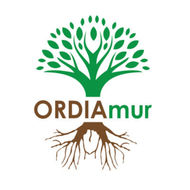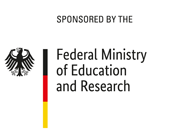Microscopic evidence of Nectriaceae and other microbes in infected fine root tissue of replant diseased apple plants (2021)
Grunewaldt-Stöcker, G., Popp, C., Wamhoff, D., Maiss, E. and Winkelmann, T.
European Journal of Horticultural Science, (),
doi:doi.org/10.17660/eJHS.2021/86.1.4
Abstract
Fine roots of apple rootstocks ‘M26’ and ‘Bittenfelder Sämling’ showing symptoms of apple replant disease (ARD) were histologically examined to clarify the relationships of microbial endophytes to tissue and cell damages. The plants were either grown on ARD-infested fields at three different locations in Northern Germany or cultivated in greenhouse biotests in untreated or γ-irradiated ARD soils from these three locations. Based on the previous microscopic detection of characteristic ARD symptoms in whole roots, thin sections of selected root segments were analyzed for specific tissue alterations like necrosis and blackening and for microbial colonization with a focus on fungi and Actinobacteria. Nectriaceae with cauliflower-like intracellular structures inducing cell necrosis in cortical tissue were frequently present in all tested root samples of ARD-affected plants and have recently been identified as representatives of Ilyonectria, Dactylonectria and Rugonectria. In this work, their cellular infection, intracellular development as well as plant reactions to this attack were clearly demonstrated by series of thin sections. In addition, mixed infections with filamentous, rod-shaped and coccoid bacteria and the colonization of mycorrhizal fungi revealed new insights into early stages of ARD development in root tissue. Other fungi and Oomycetes, which differ in their hyphal structure, in propagules or in their spread from Nectriaceae and arbuscular mycorrhizal fungi, were only rarely detected. The results from field samples confirmed those gained from biotest plants and emphasize the importance of Nectriaceae and Actinobacteria in further research on the etiology of ARD and in developing counter-measures.

